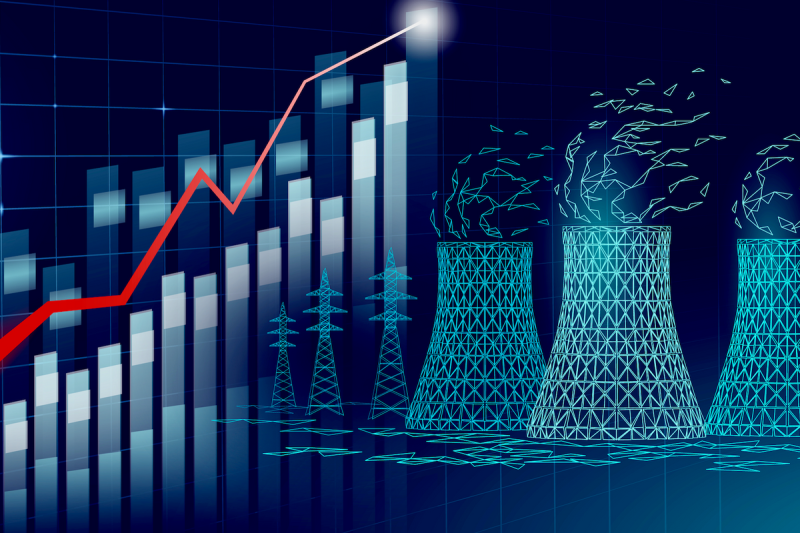The United States has put forth an ambitious plan to significantly increase its nuclear power capacity by 2050. This decision comes as part of a broader strategy to reduce carbon emissions and transition to cleaner energy sources. The plan involves tripling the current nuclear power capacity in the country, marking a major shift towards sustainable energy production.
One of the key driving forces behind this initiative is the growing recognition of the urgent need to address climate change. Nuclear power is a low-carbon energy source that can help reduce greenhouse gas emissions significantly. By expanding its nuclear capacity, the US aims to meet its energy needs while simultaneously combating global warming.
The plan to triple nuclear power capacity by 2050 is a complex undertaking that will require significant investments in infrastructure and technology. Building new nuclear power plants and upgrading existing ones will require a substantial financial commitment, as well as rigorous safety and regulatory oversight.
Moreover, the expansion of nuclear power capacity will also necessitate a focus on research and development to enhance the efficiency and safety of nuclear energy production. Innovations in nuclear technology will be crucial in ensuring that the increased capacity is both sustainable and resilient to potential risks.
In addition to addressing environmental concerns, increasing nuclear power capacity can also have economic benefits. The construction and operation of nuclear power plants can create jobs and stimulate economic growth in the regions where they are located. Furthermore, nuclear energy can help reduce dependence on fossil fuels, which are subject to price volatility and geopolitical instability.
However, the expansion of nuclear power capacity is not without its challenges. Public perception of nuclear energy, as well as concerns about safety and waste management, remain significant obstacles to overcome. Building trust and transparency with the public will be essential in garnering support for the plan and addressing any potential concerns.
Overall, the US’s plan to triple nuclear power capacity by 2050 represents a bold and forward-thinking approach to tackling climate change and advancing sustainable energy production. With careful planning, investment, and innovation, nuclear power can play a significant role in the country’s transition to a cleaner and more resilient energy future.
As the US moves forward with this ambitious initiative, continued collaboration between government, industry, and the public will be essential in ensuring the success of the plan and creating a more sustainable and secure energy landscape for future generations.
